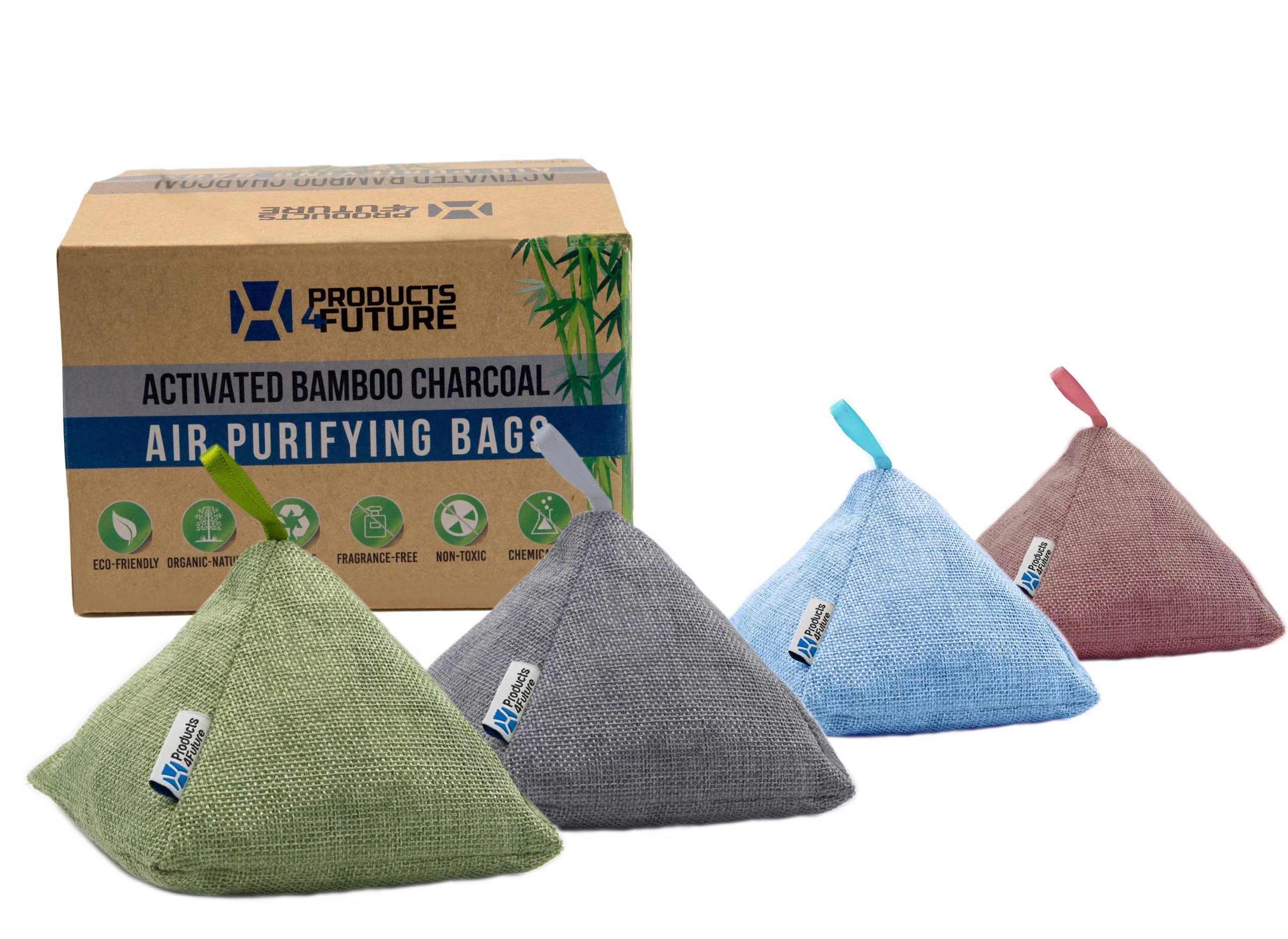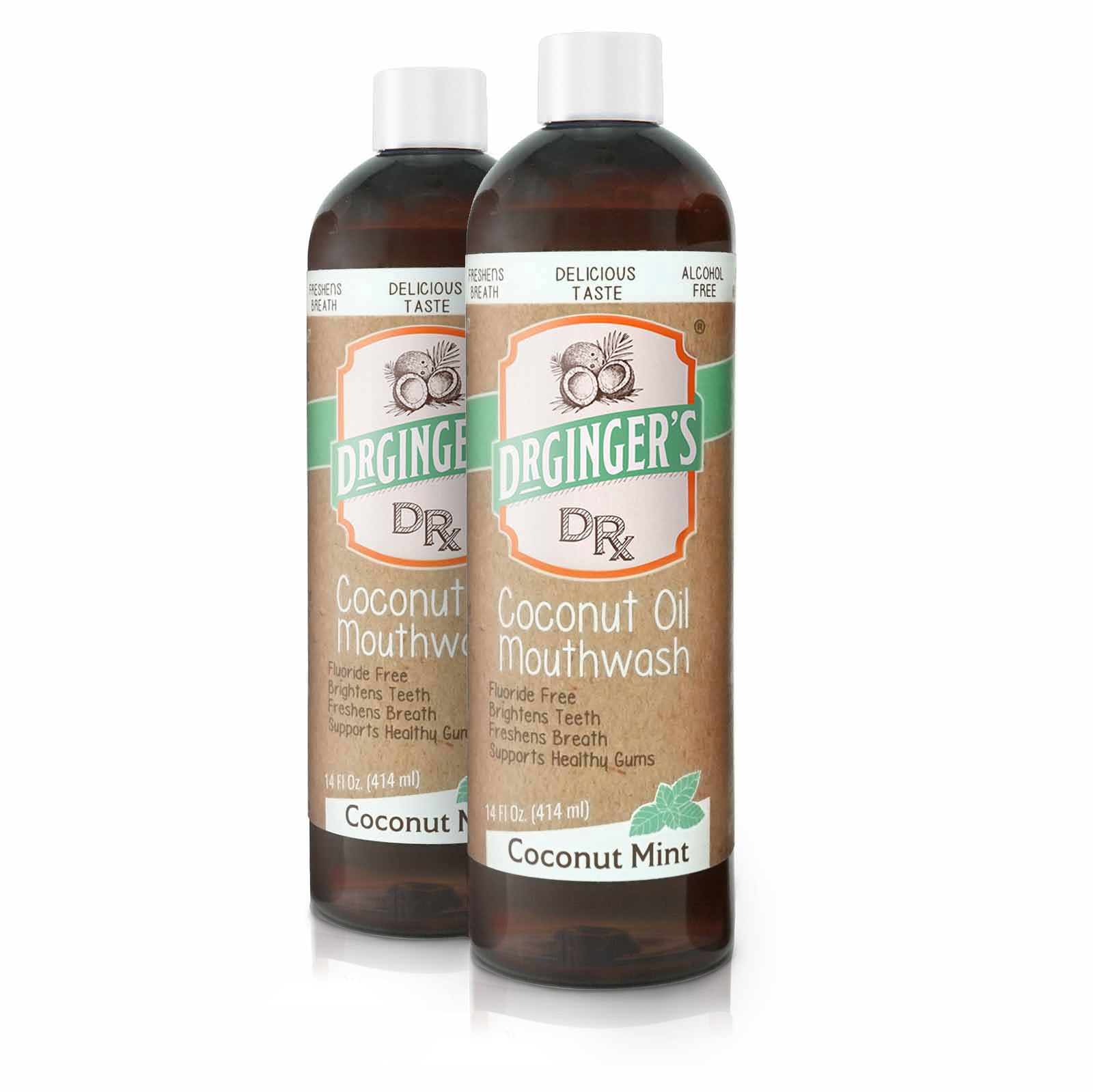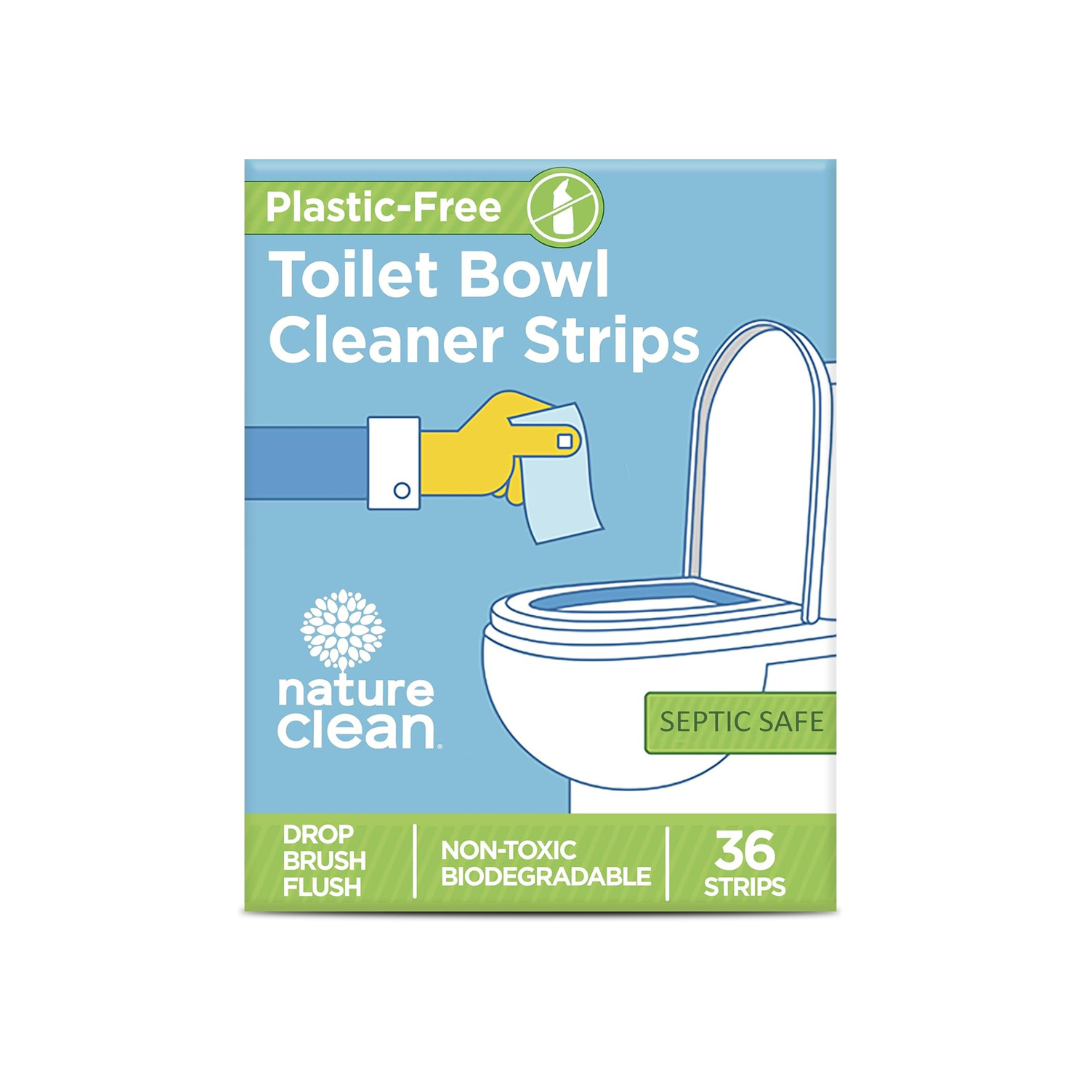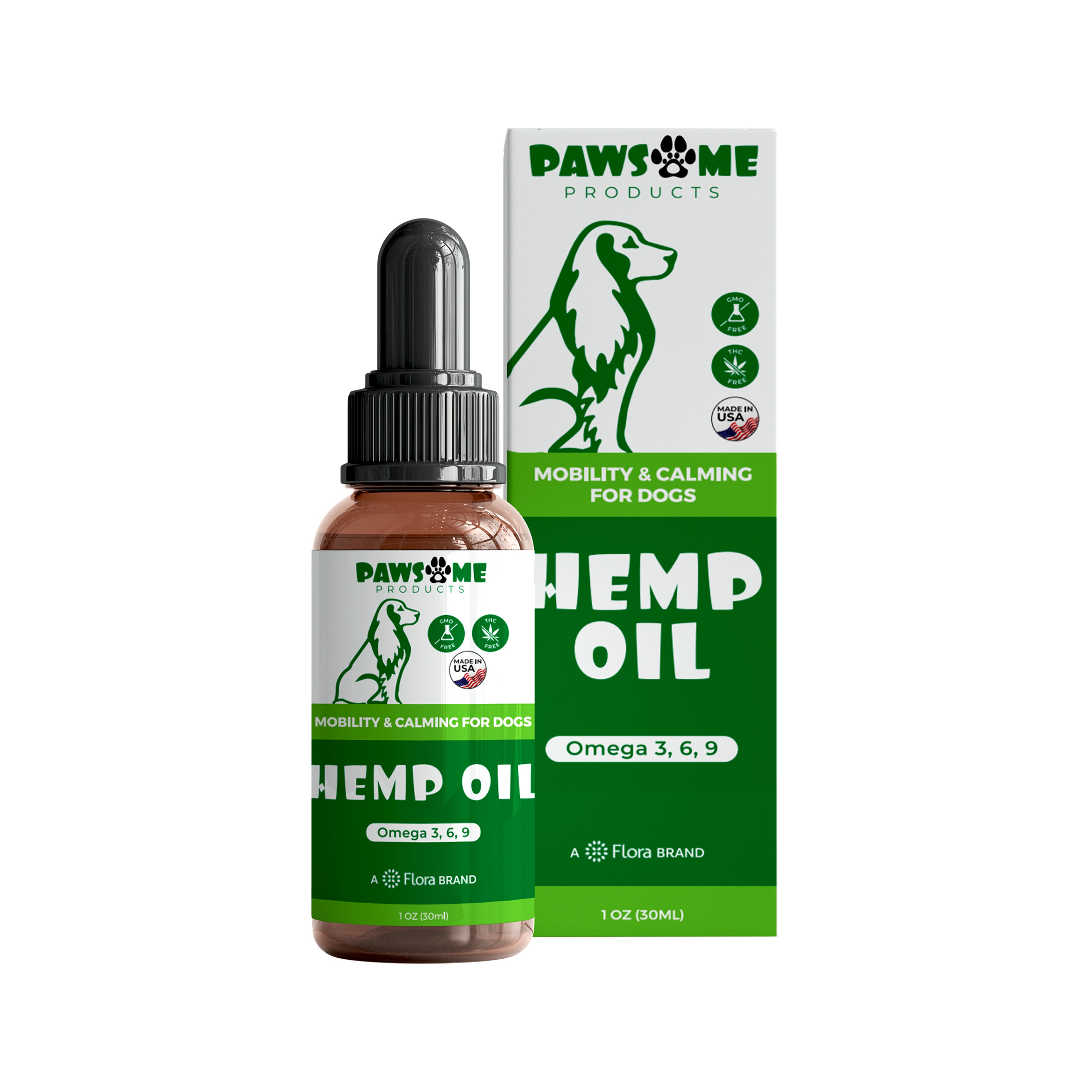Silicone and plastic are ubiquitous in our daily lives, each serving crucial roles across various industries. However, the environmental impact and sustainability of these materials are often debated, making it essential to understand their properties and differences. This part of the article will delve into what silicone and plastic are, highlighting their chemical compositions, usage, and why distinguishing between them is crucial for making environmentally conscious choices.
Defining Silicone and Its Composition
Silicone, a polymers primarily made of silicon, oxygen, carbon, and hydrogen, stands out due to its resilience and flexibility. Here are some key points about silicone:
-
Chemical Structure: Silicone's backbone of silicon-oxygen bonds gives it a robust structure, quite different from the carbon-based backbones of traditional plastics.
-
Types of Silicone: From liquid silicone rubber (LSR) to silicone resin, its forms vary widely, each suited for specific applications such as medical implants or kitchenware.
-
Comparison with Plastic Polymers: Unlike conventional plastics, silicone does not contain phthalates, which are often added to plastics to increase their flexibility but have raised health concerns.
For more on the safety of silicone, consider the insights from Environmental Working Group - Silicone Safety.
Defining Plastic and Its Varieties
Plastic is a broad term encompassing various synthetic or semi-synthetic materials that are moldable. Plastics are primarily composed of organic compounds and often include additives that enhance their properties. Key aspects include:
-
Composition and Types: Plastics are categorized into several types such as polyethylene (PE), polypropylene (PP), and polyvinyl chloride (PVC), each with unique properties and uses.
-
Common Uses: From packaging materials to automotive parts, plastics are integral to numerous products due to their lightweight and versatile nature.
Key Differences Between Silicone and Plastic
Understanding the differences between silicone and plastic is essential for evaluating their environmental impact and sustainability. Key differences include:
-
Thermal Stability and Heat Resistance: Silicone withstands higher temperatures, making it ideal for kitchenware and industrial applications.
-
Environmental Impact: Silicone is often touted as more eco-friendly due to its durability and less hazardous disposal compared to some plastics.
Environmental Impact of Silicone vs. Plastic
When considering the environmental footprint of materials like silicone and plastic, several factors come into play:
-
Biodegradability and Recycling Processes:
-
Silicone is not biodegradable but is highly durable and can be recycled, although the facilities are less common. For recycling options, check Recycle Nation - Recycling Options.
-
Most plastics are recyclable, but the rates of recycling and the effectiveness of the processes vary widely among types.
-
-
Toxicity and Health Implications:
-
Silicone is generally considered non-toxic and stable, which means it does not leach chemicals into food or drinks at normal temperatures.
-
Some plastics can release harmful chemicals, especially when heated or if they contain BPA or phthalates.
-
-
Silicone in the Zero-Waste Movement: As a durable material that does not degrade into harmful microplastics, silicone is often preferred in zero-waste lifestyles. More about sustainable living can be found in our guide, "The Ultimate Guide to Eco-Friendly Living".
Silicone in Everyday Products
Silicone's unique properties make it suitable for a wide range of everyday products. Here are a few common uses:
-
Kitchenware: Non-stick, heat-resistant utensils, and baking molds.
-
Personal Care Items: Shampoo bottles, toothbrushes, and skincare product containers.
-
Medical Devices: Tubing, seals, and gaskets that require sterilization.
FAQs
-
Is silicone safer for the environment than plastic?
-
Yes, due to its durability and less hazardous disposal process, silicone is often considered safer for the environment compared to many plastics.
-
-
Can silicone be recycled like plastic?
-
Yes, silicone can be recycled, but the facilities are not as widespread as plastic recycling facilities. Check local resources for options.
-
-
What are the health impacts of using silicone?
-
Silicone is generally considered safe and stable, not known to leach chemicals or off-gas toxins, making it a preferable choice in food applications and medical uses.
-
Conclusion and Final Thoughts
In conclusion, while both silicone and plastic have their roles in modern society, silicone offers several environmental and health benefits over traditional plastics. It is durable, less toxic, and fits well within the frameworks of eco-friendly and sustainable living practices. Making informed choices about the materials we use can significantly impact our planet's health and our well-being.






































